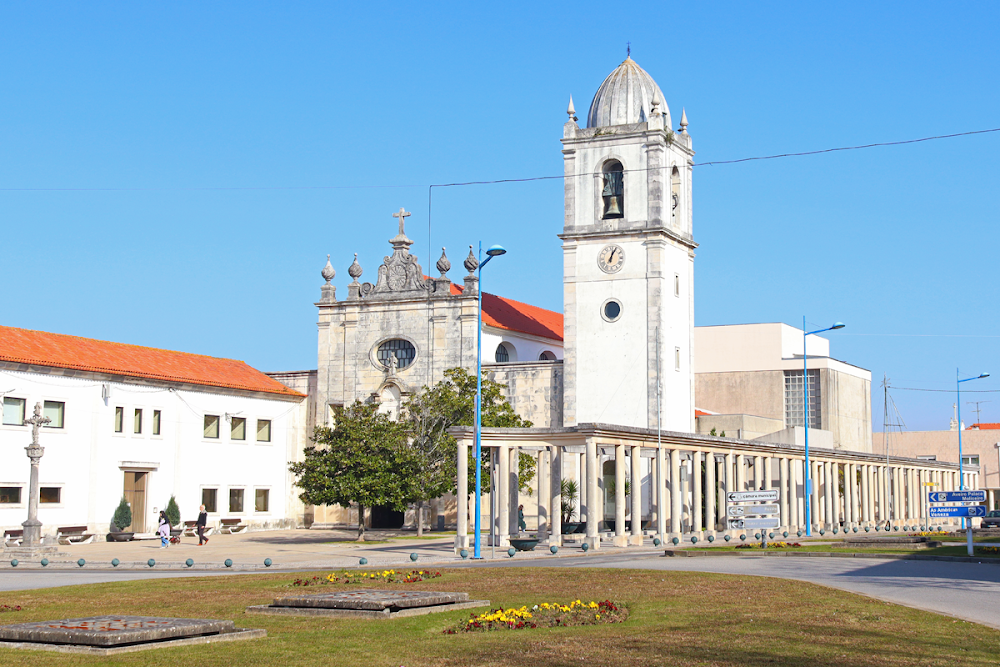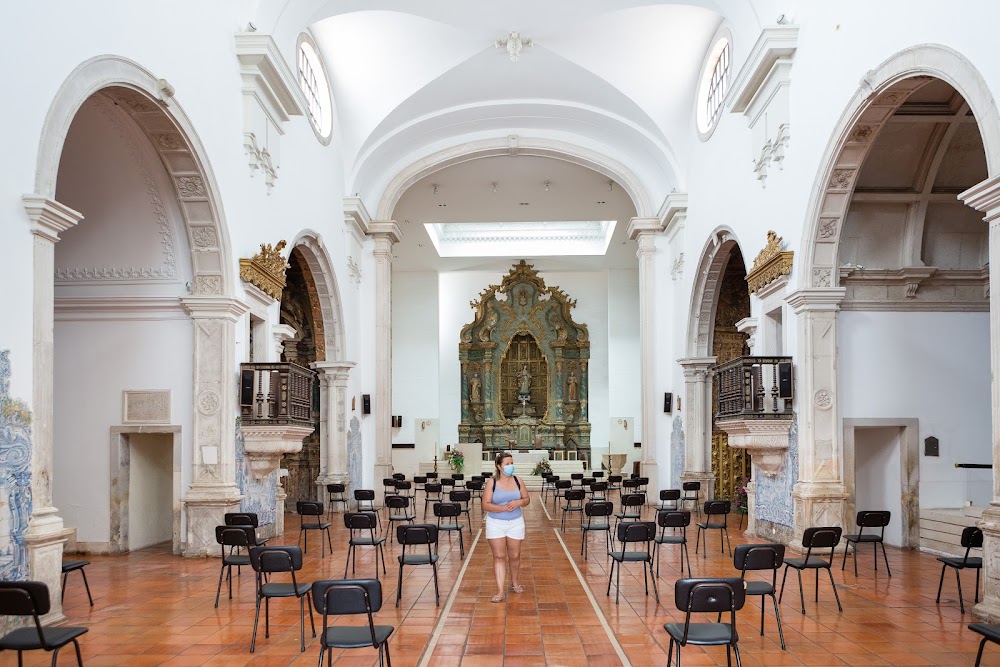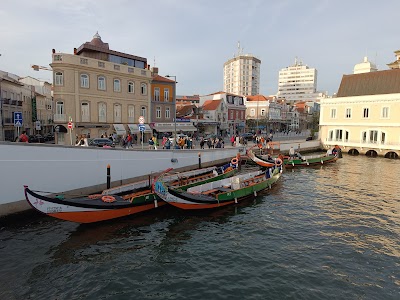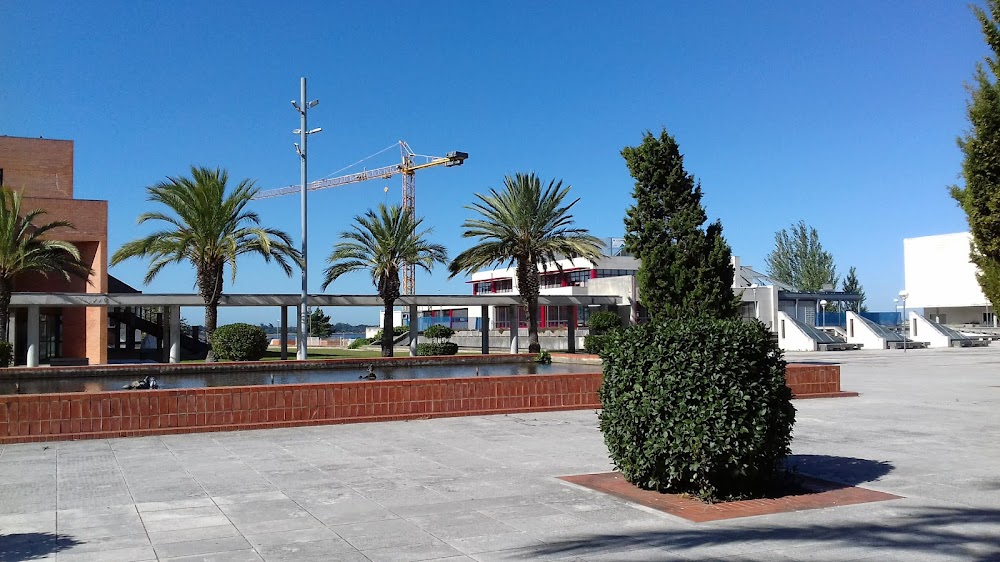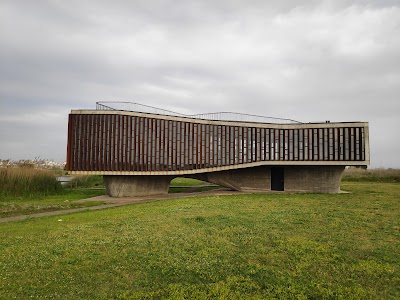Aveiro Cathedral (Sé de Aveiro)
Overview
Sé de Aveiro: A Historical Gem in Portugal
Sé de Aveiro, officially known as Igreja Paroquial de Nossa Senhora da Glória (Aveiro Cathedral), stands majestically in the heart of Aveiro, Portugal. This cathedral is not only a vital religious site but also a stunning monument that showcases the region's rich history and intricate architecture.
A Journey Through Time
The origins of the Aveiro Cathedral date back to the early 15th century when it served as a convent church for the Dominican Order. Construction commenced in 1423, during the reign of King John I, and continued over several decades. The Dominicans were instrumental in shaping the religious and cultural landscape of Aveiro, making the convent and its church a focal point of the city’s life.
Architectural Transformation
In the 16th century, the convent underwent significant transformation and expansion under King John III. This era marked the introduction of the Manueline style, characterized by intricate carvings and maritime motifs. The church’s façade and main portal, adorned with elaborate stonework, beautifully reflect this artistic influence.
The cathedral experienced another wave of modification in the 17th and 18th centuries, transitioning to the Baroque style known for its exuberant decorations and dramatic forms. During this period, the interior was enhanced with elaborate altarpieces, gilded woodwork, and a grand organ, all hallmarks of Baroque artistry.
A Milestone in Ecclesiastical History
A significant milestone for the church occurred in 1839 when Aveiro was established as a diocese, leading to the elevation of the former convent church to cathedral status. This change underscored its growing importance within the ecclesiastical hierarchy.
A Blend of Architectural Styles
The architecture of the Sé de Aveiro is a harmonious blend of various styles evolved over centuries. The façade showcases a mix of Gothic and Baroque elements, while a towering bell tower added in the 18th century enhances the beauty of the original Manueline portal. Inside, the expansive nave boasts rich decorations, including azulejos (traditional Portuguese blue tiles) that depict biblical scenes, alongside ornate pulpits and chapels.
Notable Features and Artistry
Among the remarkable features within the cathedral is the main chapel’s altarpiece, a splendid example of gilded woodwork that captivates both visitors and worshipers. The panels and sculptures throughout the cathedral narrate compelling stories from Christian doctrine, inviting all who enter to appreciate their intricate details.
Preserving the Past for Future Generations
In the 20th century, restoration efforts were initiated to preserve the cathedral's historical and artistic integrity. These endeavors were crucial in maintaining the building's structural stability, ensuring that future generations could marvel at its splendor.
A Living Cultural Center
Beyond its architectural beauty, the Sé de Aveiro plays an active role in the spiritual and cultural fabric of the city. It regularly hosts religious ceremonies, cultural events, and community gatherings, continuing its legacy as a center of faith and communal life.
A Testament to Cultural Heritage
Sé de Aveiro is not merely a historic monument; it is a living testament to the artistic and spiritual journey of Aveiro. Its rich history, architectural grandeur, and ongoing significance in the community make it a landmark that embodies the essence of the region’s cultural heritage.


